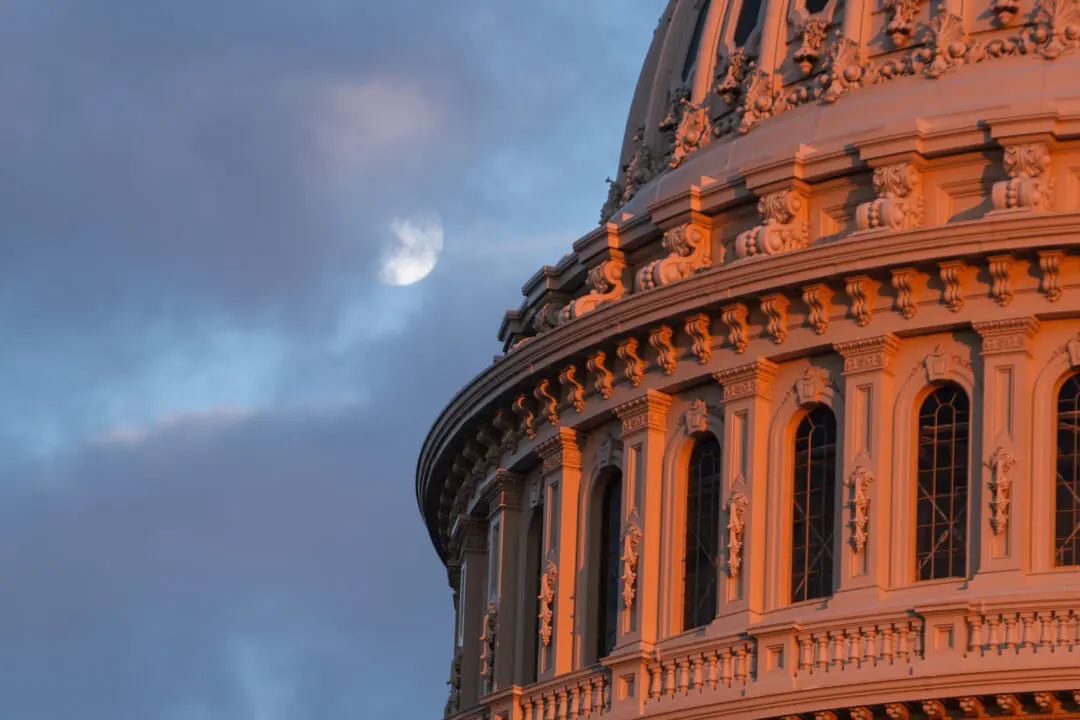Although it’s a highly unlikely outcome, there is a possibility that former President Donald Trump and Vice President Kamala Harris could end up tied in the Electoral College.
Under the terms laid out in Article II, Section 1 of the U.S. Constitution, to win the presidency, a candidate must receive more than half of all electoral votes. Currently, there are 538 total electoral votes, placing the majority threshold at 270 votes, which constitutes half of the total plus one.





